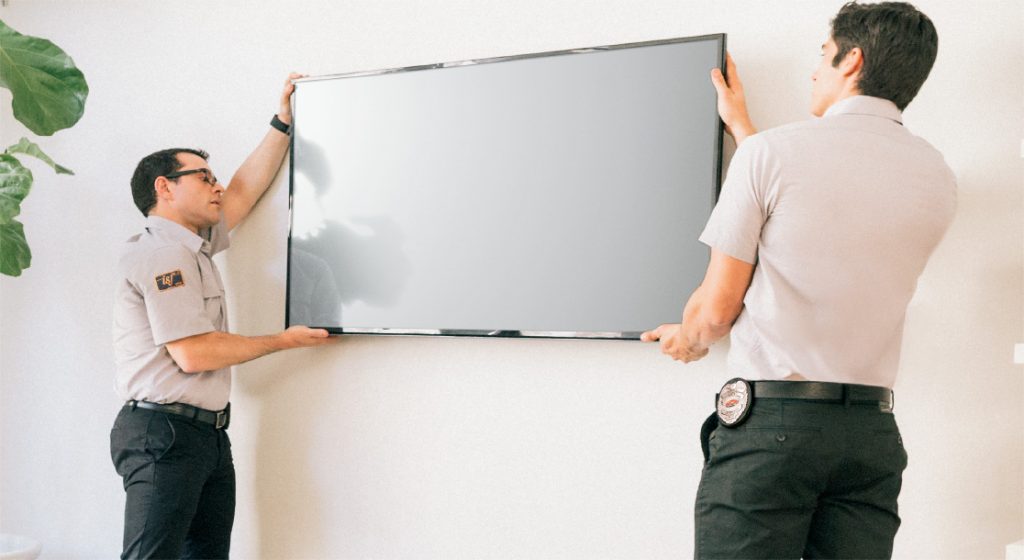There are few homeowners who are too diligent to take on the easy job of putting something on the wall. Only hammer in a key, bring the object up and you’re all done.
While mounting a television it is not just as convenient, you may need some help from a professional tv mounting service. If this phase isn’t done properly, the costly object will crash into ruin. Worse, if a badly installed TV lands on a pet or small child, it may inflict significant injury.
But you don’t have to adhere to the conventional approach of holding the tv on a piece of furniture. Through locking the system to a wall, more space can be accessed, clutter minimized, and a more organized feel in a room developed. However, it ‘s important you take the time to complete this phase properly.
Location
Decide where in the space it will be placed before installing your Lcd. The home improvement platform HomeAdvisor claims that if you should set it up at eye level in a position where you would not be seeing the device at an angle, you’ll have the greatest viewing experience.
Even the position should be comfortable. Jake Sherman, writing for Puls, a home tech service, says the cables will be able to enter a nearby plug or all other wired devices; this would also allow you to help conceal all wires or cables. The Television shouldn’t be in an environment where the sunshine can subject it to unnecessary glare.
Although the position above a fireplace mantle is often considered as a location for Television, this is not necessarily a reasonable idea. This site will be significantly higher than the eye level, which will cause you to strain your neck while watching a program. The TV can also be damaged by heat and soot if you frequently use your fireplace.

Finding support
The mount you are using should be graded as holding your TV’s weight. Michael Franco, writing for home improvement specialist Bob Vila, says the manufacturer can offer a mount built to go with the unit, or you may need a universal mount suitable to support the weight of your individual product.
You will need to insure the TV mount is firmly fixed to a shelf, not only leaning on the drywall. TVs which are less than 80 pounds will normally be suspended from a single stud. Heavier ones need to be mounted to at least two studs.
Mounting
Normally wall mounts consist of a mounting frame to be mounted to the wall, and a bracket to be mounted to the TV. Kindig suggests keeping up the frame with a buddy so you can have a level to make sure it’s straight, so mark the places on the stud where the mount is to be mounted. Then the frame should be drilled into the wall and secured with mounting bolts.




